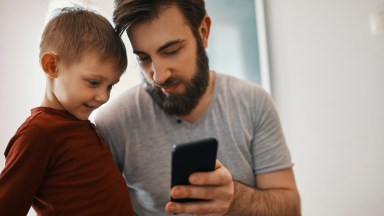In today’s ever-more-digital environment, social media (Twitter, Facebook, etc.) is an integral part of our lives, shaping how we interact, share ideas, follow news and form opinions, including consumer preferences.
More specifically around television, social activity supports the industry in capturing the social zeitgeist of TV viewership. In fact, in the last several years, networks have started using show-specific hashtags, Twitter promotions, and show-driven Twitter engagement (i.e., actors and creators posting Tweets in real time during shows or promoting behind-the scenes content) to better consolidate and integrate Twitter conversation.
Both TV viewership and Twitter engagement are a reflection of TV programming itself–there are successful shows, which are more likely to engage the viewer, and there are mediocre or disappointing shows that fail to draw in the audiences. What remains unexplored, however, is the mechanism by which events in the show translate into changes in viewership and Twitter engagement. Why do certain TV programs compel viewers to share their thoughts and impressions with others, while other programs do not?
This study explores how brain activity could be used to predict Twitter engagement during TV programming.



